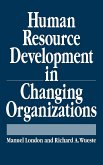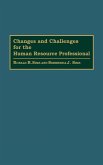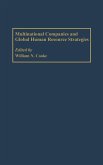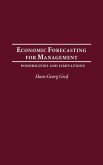A collection of original articles by leading practitioners and researchers, this volume examines methods for human resource forecasting and planning to meet the strategic needs of the organization. As the editors note at the outset, changing characteristics of the workforce and new skill demands mean that human resource planning must become an integral part of corporate strategy development and implementation. In order to compete successfully in an era of rapid technological change, organizations must be able to adequately forecast their needs for different types of employees, consider the extent to which current employees have the needed skills, and examine labor force availability. This book describes ways to collect the necessary environmental data and formulate human resource strategies that recognize current and anticipated changes both in the organization and in the environment in which it operates. The volume begins with a discussion of environmental scanning techniques. The contributors demonstrate how to identify environmental trends, including labor force demographics, and how to apply this information to the development of human resource strategies. The second section considers ways to analyze the organization's future human resource needs by examining employee demographics and job attitudes. In Part Three, the contributors describe how organizations formulate human resource strategies in response to environmental trends and organizational goals. The next group of chapters offers examples of the human resource implications of organizational change. This section includes separate chapters on job loss and employee assistance programs and the effects of a corporate merger, as well as two case studies of the relationship between human resource planning and corporate strategic goals. The contributors conclude by describing organizational reactions to changing environments brought about by an aging workforce, work-at-home jobs, new computer and telecommunications technologies, and the increasing cultural diversity of the workforce. Indispensable for human resource managers and corporate planning executives, this book will also be of significant value to researchers and students in human resource and strategic planning programs.








